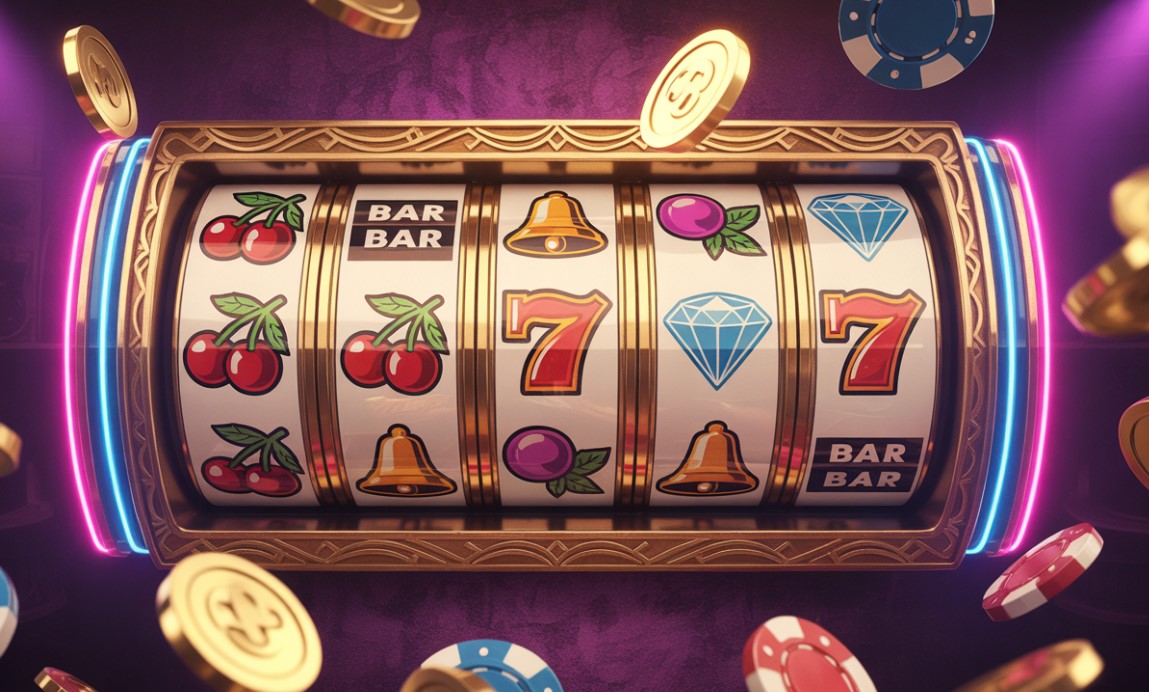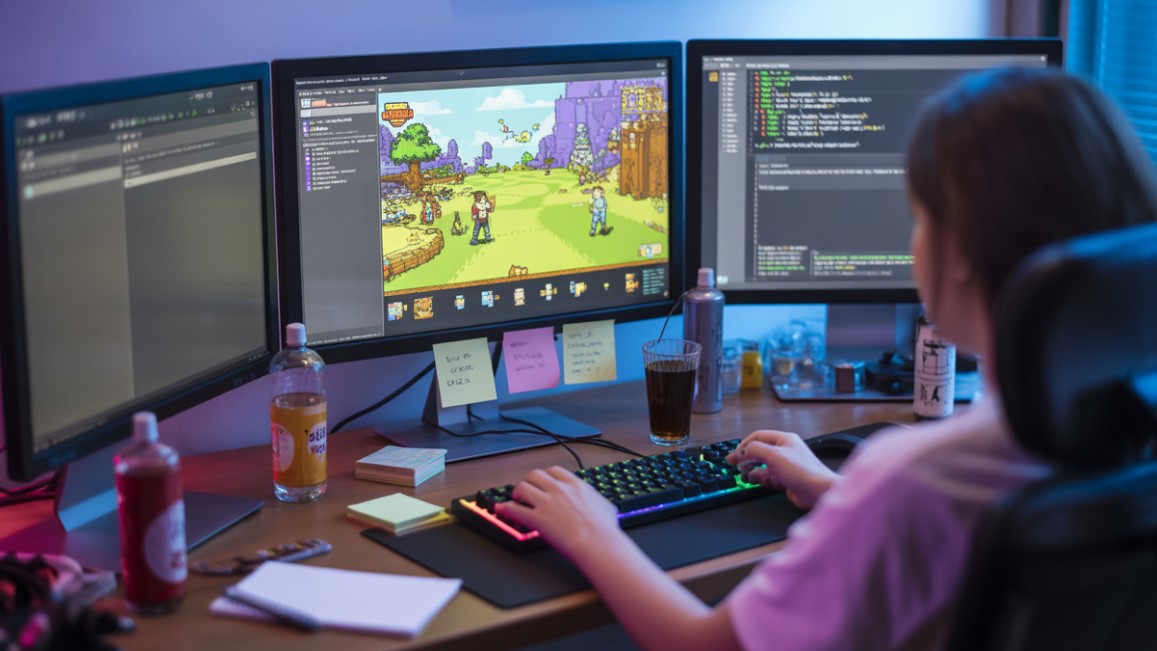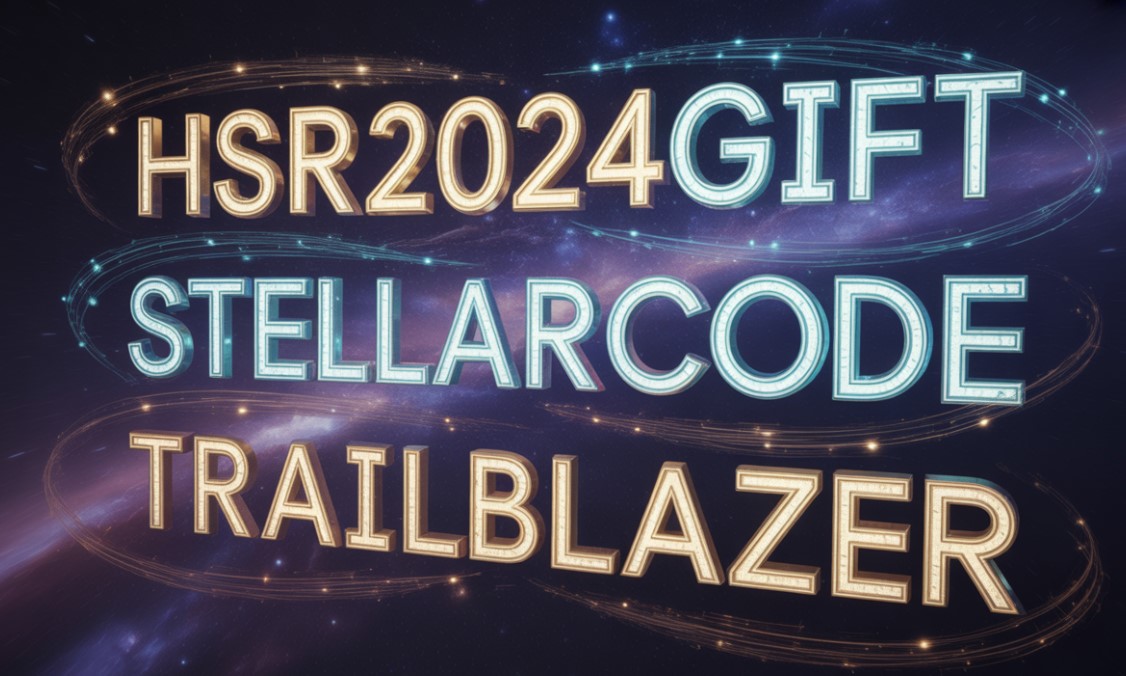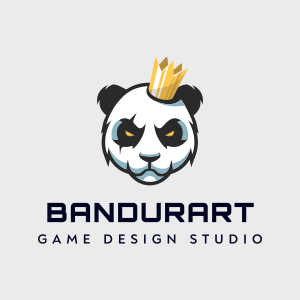Building Aesthetics with Slot Game Art
Slot games live at an unusual intersection. They are part visual poem and part probability engine. When slot game art aligns with math and with player expectations, the result is not only pretty. It is trustworthy, legible, and absorbing. This guide shows how to shape slot art that looks great, communicates honestly, and sustains engagement while respecting the player.
Great slot game art begins with transparency. State RTP clearly as a long-run estimate and explain how outcomes are generated. Put key facts where players naturally look with simple help panels and always visible rules, so context is never hidden. The first contact with a game is often treated as a low-commitment trial in reviews like LuckyGambler where the focus is on testing the experience safely rather than chasing a payout, and the interface should respect that mindset. Let symbols, payline diagrams, and on-win animations show how value flows, keeping the visual language coherent and the cognitive load low.
Design Principles of Slot Game Art that Respect Players
1) Visual hierarchy serves comprehension, not hype
Give weight to what matters most. Balance, bet, and paytable access deserve prime positions. Transparent display of odds and rules is more than compliance. It is part of the visual contract you create with players. Typography and layout should mirror that promise of clarity.
2) Theme is mood, not misdirection
If a slot promises ancient treasure, then icons, reels, and backgrounds should support that fantasy without implying guaranteed riches. Keep metaphors aspirational yet honest. Favor subtle animation cues over aggressive win fireworks for small or break-even results. This keeps emotion aligned with real outcomes.
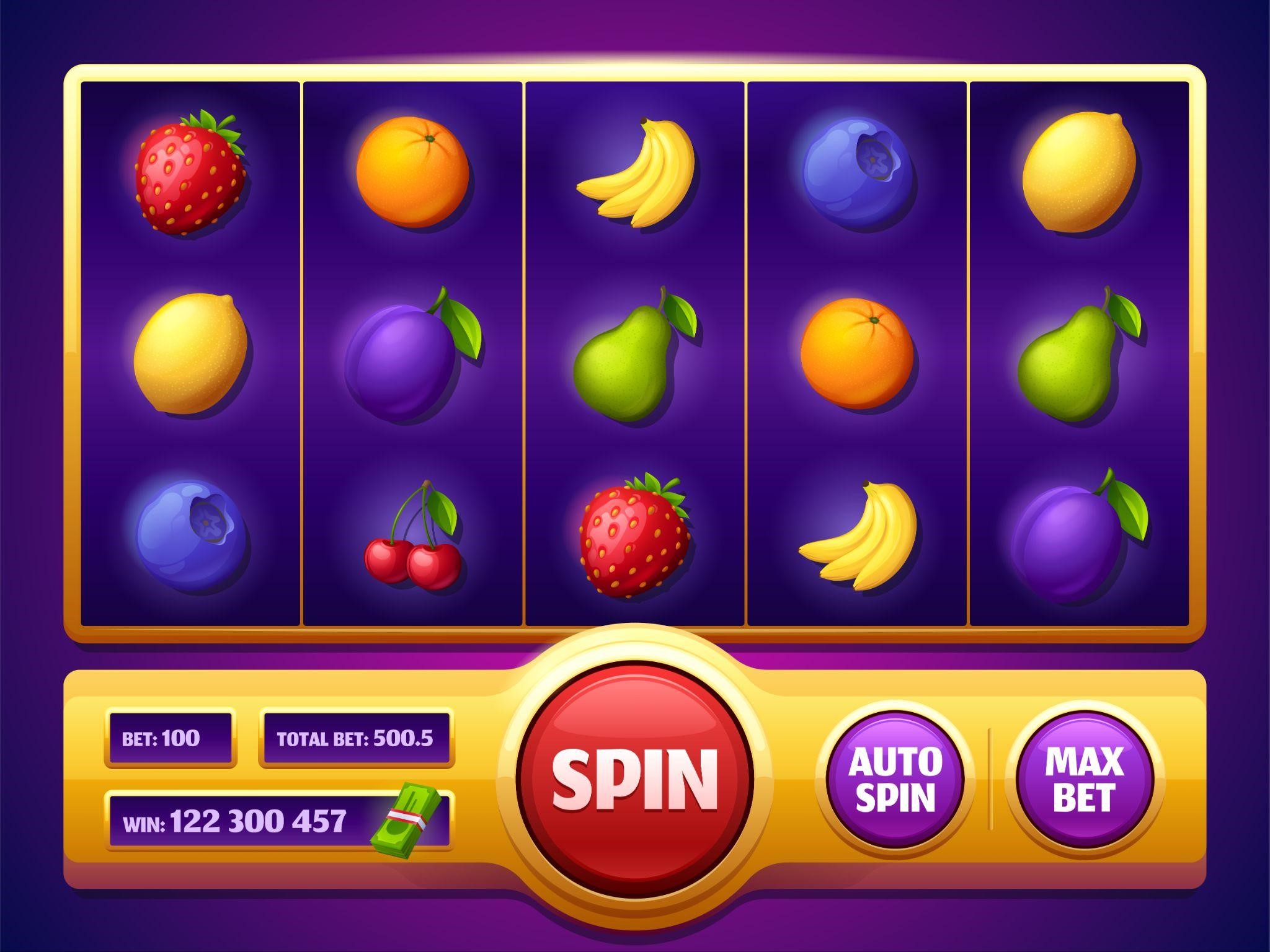
3) Respect the randomness
Every flourish around the reels should underscore that outcomes are unpredictable and protected. Independent testing under GLI-11 requirements verifies statistical independence between draws, correct distribution, and immunity from external influence, so your art should never suggest that timing taps or rituals can sway results. Copy and effects should teach that each spin is independent and past outcomes don’t change the next.
4) Use motion to teach
Micro animations can show how scatters expand into features and how paylines count left to right. They can also help explain why a near miss was not actually close in probabilistic terms. Visual education beats fine print.
5) Build responsible play into the canvas
Include calm spaces in the UI for session reminders, reality checks, and links to help. Use plain language and accessible controls consistent with recognized technical standards and responsible-gaming guidelines. When the screen models self-control, players feel respected and stay longer for the right reasons.
The Craft of Systems, Symbols, And Sound
Palette and contrast
Favor palettes that keep symbols legible at a glance across phone, tablet, and desktop. It is an essential part of art dev work, especially in hand-drawn games. Use contrast to separate status elements, such as balance and bet, from spectacle, such as thematic animation. A minimal HUD paired with a lush background lets players find what matters without losing the mood.
Iconography
Design symbol families with a consistent stroke, lighting model, and silhouette complexity. Players should recognize a low pay symbol or a premium at peripheral vision speeds. If you introduce collectors or multipliers, encode them with distinct forms rather than color alone. This supports accessibility and fast parsing.
Typography
Numbers carry the hard data. Use a numeric face with clear differentiation between lookalike glyphs. Reserve display faces for titles and feature banners. Win presentations should scale in intensity with payout multiple and not with a fixed animation preset.
Sound
Sonic identity should dampen disappointment and celebrate meaningfully. Short soft cues for small wins keep arousal proportional to value. Longer musical phrases are saved for significant outcomes. This balance helps players build an intuitive feel for variance.
Microcopy That Earns Trust
Short literal labels outperform clever euphemisms. Slot game art examples that test well:
- RTP – 96.2 percent over long play rather than player-friendly returns.
- Random outcomes with no timing advantage, rather than tap to try your luck.
- See paytable for symbol values placed exactly where the eye lands after a spin.
Align labels for features like demo modes and coin economies with a list of social casinos to maintain clear expectations and reduce cognitive load.
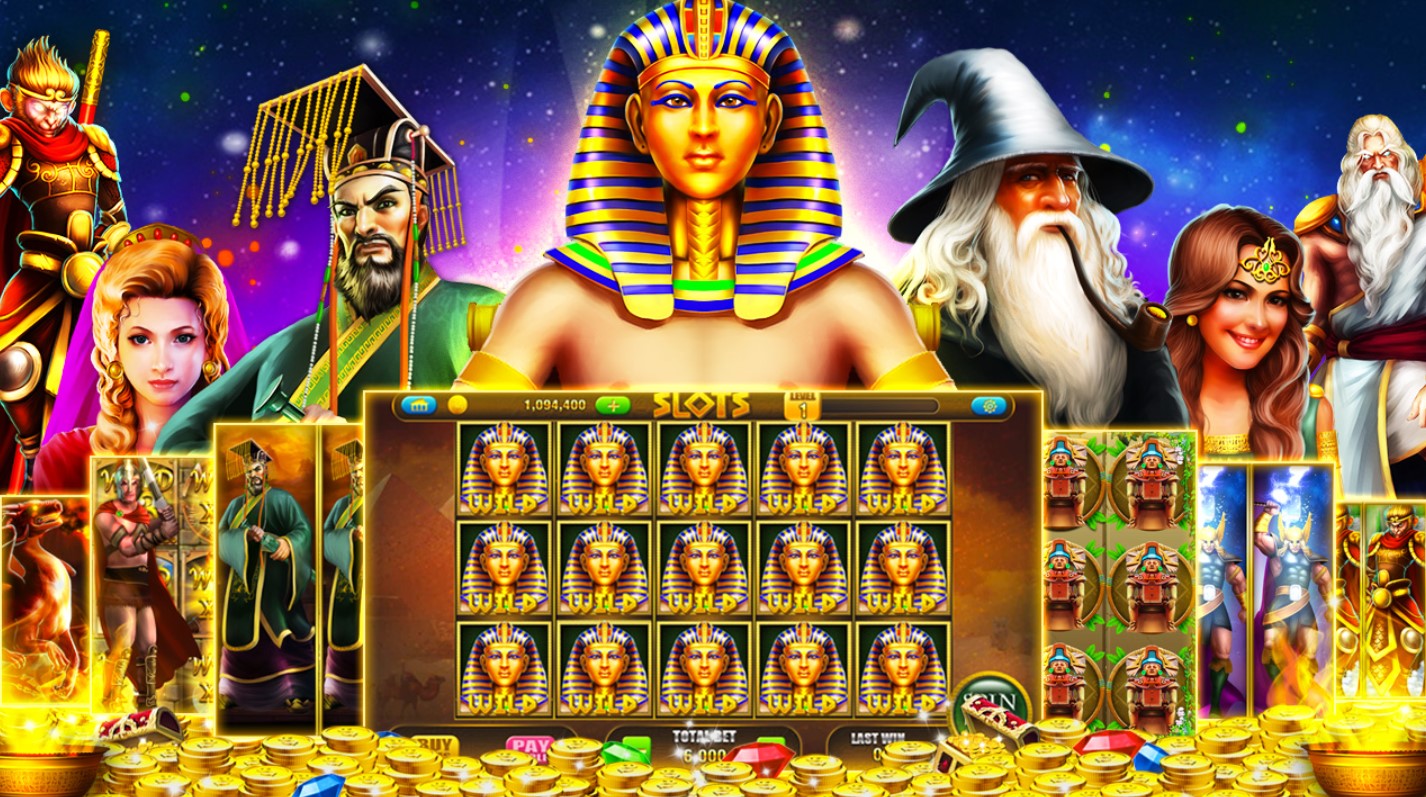
Ethical Feature and Slot Game Art
Feature triggers like free spins, multipliers, and expanding wilds are where art can shine without distorting expectations:
- Telegraph does not tease. Use pre-trigger foreshadowing, such as soft glows and slow pulses rather than rapid fake outs.
- Explain states. If you have a collection meter, show progress both numerically and visually.
- Scale feedback. The bigger the win multiple the richer the animation and voiceover. Reserve the fireworks for the top few percentiles.
These choices keep the emotional arc honest and help players self-regulate. They also make features more teachable, so first-time users are not confused by complex states.
Conclusion
Designing slot game art is a restraint. Invite players into clear boundaries and truly random outcomes with aesthetics that clarify, not obscure. Do that, and they return because they feel respected, and the beauty of chance speaks for itself.
The BandurArt team continues to deliver the best guides for game artists. Here you will get all the necessary facts if you are a beginner-level game artist. Support us if you appreciate our efforts – share online or add to the bookmarks. Also, you can join our team as a partner or co-worker – contact us directly to discuss the details.

